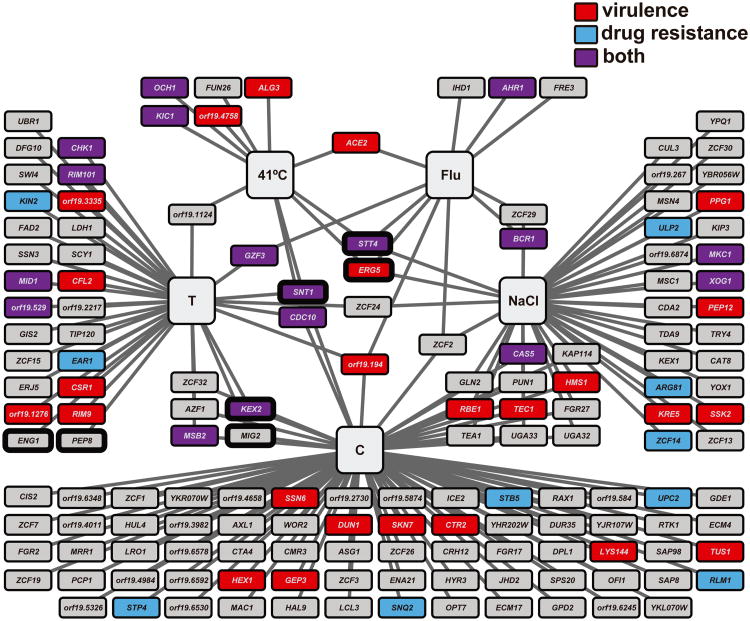Figure 1. Key Figure. Hsp90 genetic interactors play important roles in drug resistance and virulence.
A recent Hsp90 chemical genetic network [39] was re-colored to emphasize the role of each interactor in drug resistance (blue), virulence (red), or both (purple). The network is composed of 158 genetic interactors identified in five different growth conditions (large grey boxes). T = tunicamycin, Flu = fluconazole, C = caspofungin. Each HSP90 genetic interactor is indicated by a rectangle, with edges connecting it to the environmental conditions in which it interacts with HSP90. Interactors with a thick black outline were identified as hypersensitive to Hsp90 inhibition in the absence of stress.

